Political (or editorial) cartoons, an art form that has been around since at least the seventeenth century, offer a satirical, true-to-the moment look into the time in which they were created. The best cartoonists are able to sum up multifaceted political and social questions in a humorous and often emotional way, offering understanding and contextualization of an argument.
It is no surprise one finds political cartoons in most history textbooks. Their unique ability to encapsulate a complex issue in one image is such a highly effective tool, not only of persuasion but of insight and reflection, that we have often learned to understand the political landscape through the eyes and brushstrokes of cartoonists.
This was true for the WWII era too, and most readers will be familiar with the early work of Dr. Seuss or the drawings of Bill Mauldin. Anne Mergen’s work is lesser known but in no way less important. Her story is not only the story of a political cartoonist between the Great Depression and the 1950s, but also that of a woman cartoonist breaking into the male-dominated newspaper world and paving the way for generations to come.
Anne was born in Omaha, Nebraska in 1906 and showed an interest in art at an early age. At a time when few women went to college or studied art, she studied commercial art in Chicago where she developed her own distinct style. She moved to Miami in the mid-1920s where she began working in fashion advertising for a local department store.
The Miami Daily News, which was to be her artistic home for the following decades, first took note of her after she submitted fashion drawings to the paper. Impressed by her work, the newspaper published her first editorial cartoon in April 1933. By 1936, Anne was the newspaper’s full-time editorial cartoonist, making her the only female political cartoonist in the United States—a status she kept until she retired in the late 1950s.
Anne mostly worked from a home studio and raised a family while working in this position, covering international, national, and local news and headlines. One such headline, the so-called Termite Administration scandal of the late 1930s, won the Miami Daily News a Pulitzer Prize in 1939, and Mergen’s work, a significant element in the paper’s reporting, gained nation-wide attention.
Mergen found “Real happiness … from an interest in the significant affairs of the world and doing something about it,” as she told her daughter. This happiness was a key reason why her drawings tended to convey hope and a positive outlook on the world.
Most of her cartoons are now housed in the Ohio State University’s Billy Ireland Cartoon Library and Museum as well as the Library of Congress. A closer look at a few of her pieces, created during World War II, offer us a deeper look into the debates at the time and her work.
The Master of Jet Propulsion. February 15, 1940. Anne Mergen Collection, The Ohio State University Billy Ireland Cartoon Library & Museum.
“The Master of Jet Propulsion” from February 15, 1940, ridicules Goebbels, Hitler’s propaganda minister, known for his fiery rhetoric and public speaking abilities. Mergen saw through the ‘hot air’ but realized at the same time that it was this energy that made the Nazi machine fly high. It is interesting to note that she chose to show jet propulsion—a technology in its infancy at the time and one that each power tried to advance in order to use for military purposes. The technology for high-speed flight was first put in action in August of 1939 by German engineers and made global headlines.
As the war in Europe raged on, so did the debate within the United States about whether America should get involved in the war overseas. Isolationist voices were loud when Mergen took on the issue on March 10, 1941. In view of new technologies like air travel changing the notion of distance considerably, her “Isolationist, huh?” cartoon pokes fun at the idea that anyone in the modern world would consider such a stance defensible.
Time to Send Those Overseas Packages. September 26, 1943. Anne Mergen Collection, The Ohio State University Billy Ireland Cartoon Library & Museum.
The September 1943 cartoon is less ironic as it is a call to action. Mergen’s drawing is in clear support of the war effort which had kicked into high gear. She suggests a special Christmas package for Hitler and Tojo. In “Time to Send Those Overseas Packages,” the happy customer buys hangman’s nooses for the two leaders from Uncle Sam with war bonds and stamps.
On May 2, 1945, Anne Mergen published an image that shows the allied world waiting in front of the “V-E Delivery Room.” Six days before the official end of the war in Europe, she portrayed the anxious atmosphere and eager expectation of peace as a nervous father figure, walking lines in the floor, waiting for the good news to come out of the delivery room. The ‘birth’ is imminent, but the world is not yet fully there.
The Golden Gate of Opportunity. June 28, 1945. Anne Mergen Collection, The Ohio State University Billy Ireland Cartoon Library & Museum.
Mergen’s “The Golden Gate of Opportunity” was published two days after the United Nations Charter was ratified on the final day of The United Nations Conference on International Organization that convened in San Francisco from April 25 to June 26, 1945. Her visual cues and metaphors are full of hope as Mr. World walk towards a happier future.
Mergen’s work spanned over 20 years during which she produced more than 7,000 cartoons. After the war, she continued to comment on the social and political issues of the day. The Iron Curtain, the Korean War, and issues like the Polio epidemic figured in much of her postwar work. The latter was particularly near to her heart. As her daughter recalled, when the polio vaccine was finally developed, she “felt she had helped in some small way to overcome this terrible disease.”
Anne Mergen died in 1994, but her witty, thoughtful, and funny cartoons live on and continue to provide a peek into the past, through the eyes of the first lady of editorial cartoons of World War II.
Special thanks to Ms. Joan Bernhardt, Anne Mergen’s daughter, who kindly shared some of her mother’s stories with us and granted the rights to use the images.
More of Anne Mergen’s work can be found at The Ohio State University Digital Collections.
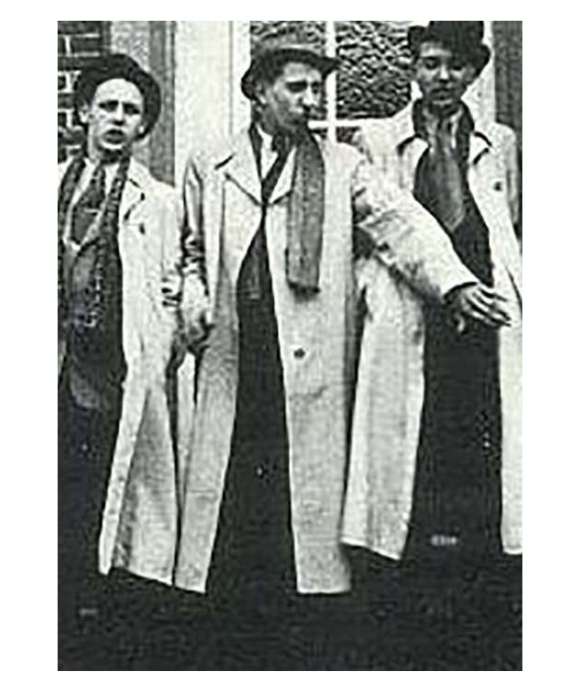
"Swing Heil": Swing Youth, Schlurfs, and others in Nazi Germany
The swing youth in Nazi Germany were teenagers whose love for jazz and affinity for British and American pop culture stood in stark contrast to German nationalism, uniformity, and military regulation.
Tanja B. Spitzer
Tanja B. Spitzer, a native of Germany who came to New Orleans a little over a decade ago to study at Tulane University, is an expert on transatlantic history and cultural diplomacy.
Cite this article:
MLA Citation:
APA Citation:
Chicago Style Citation:
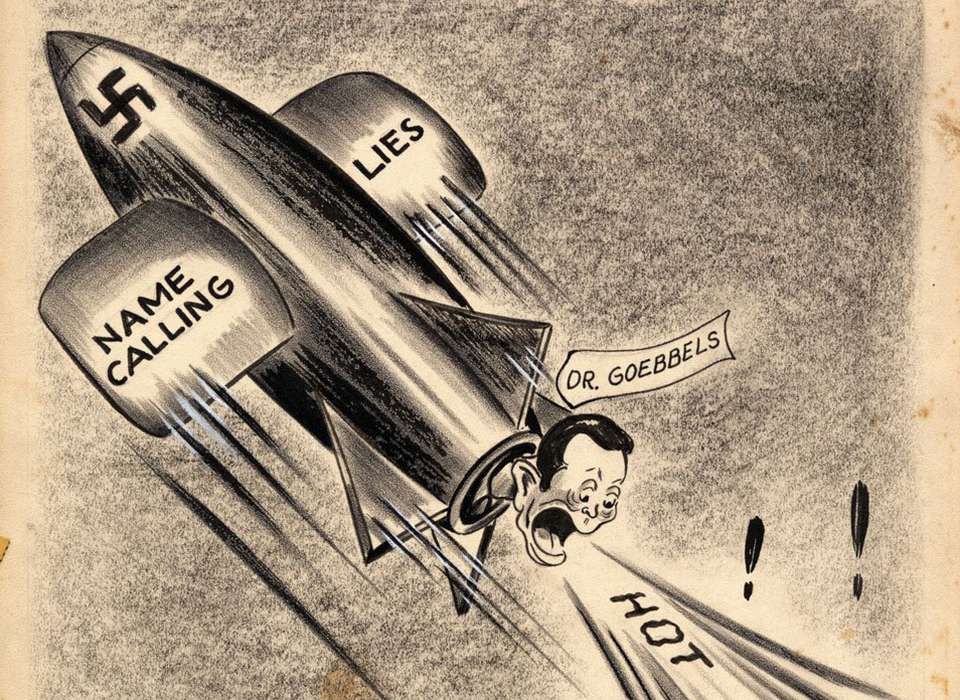
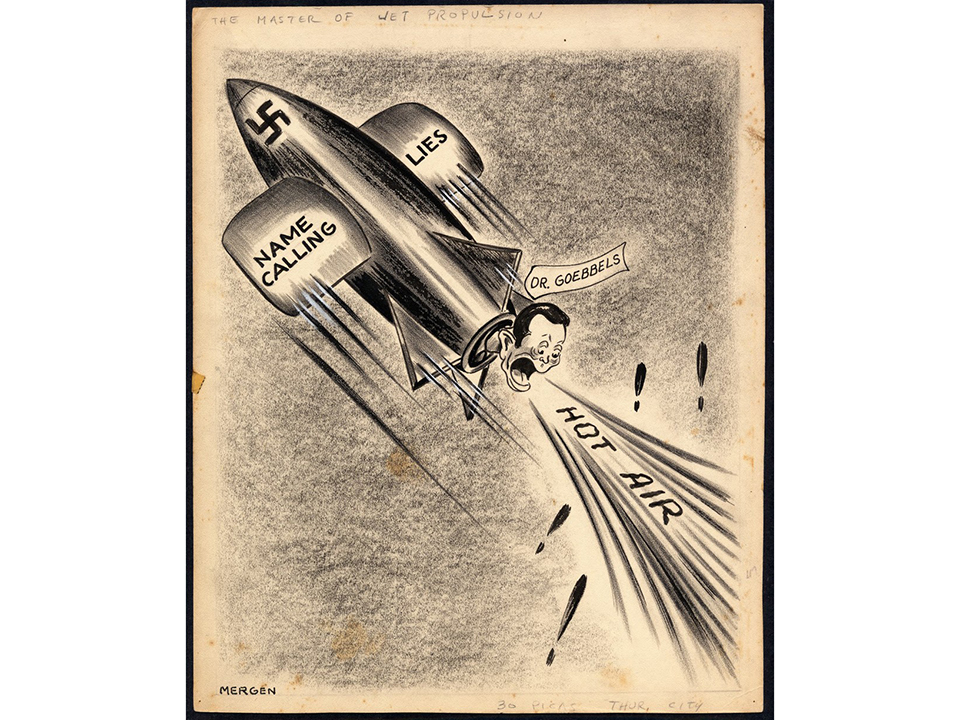
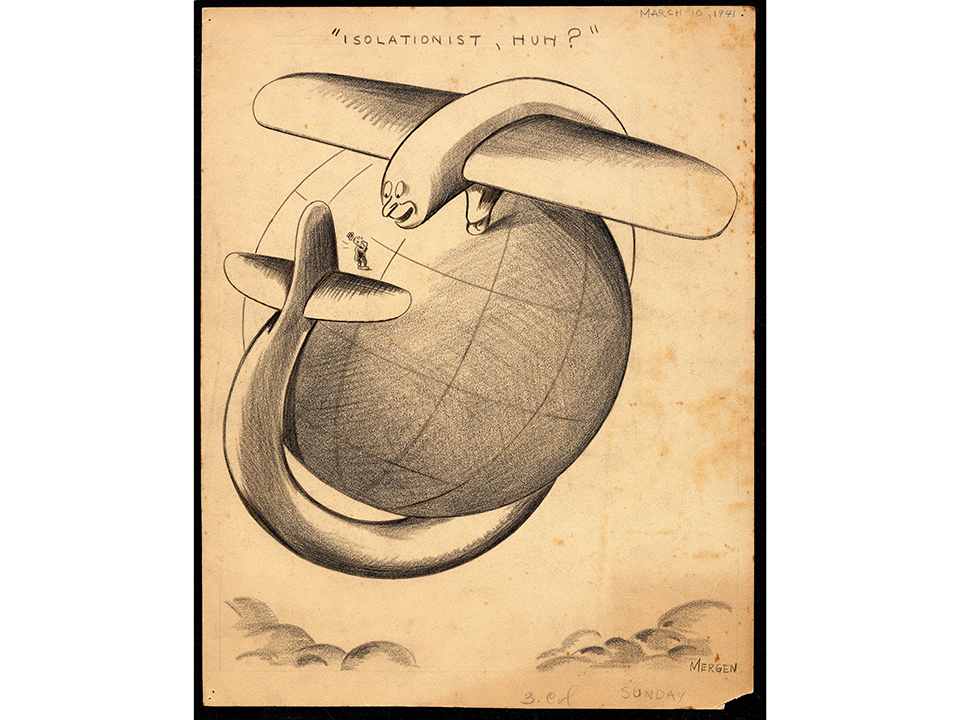
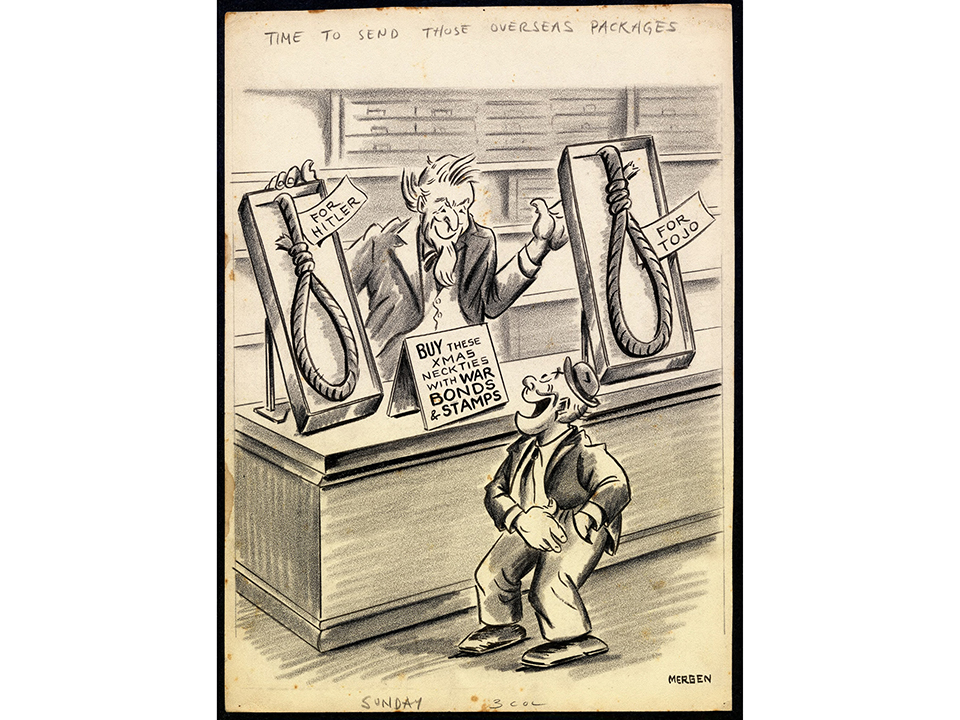
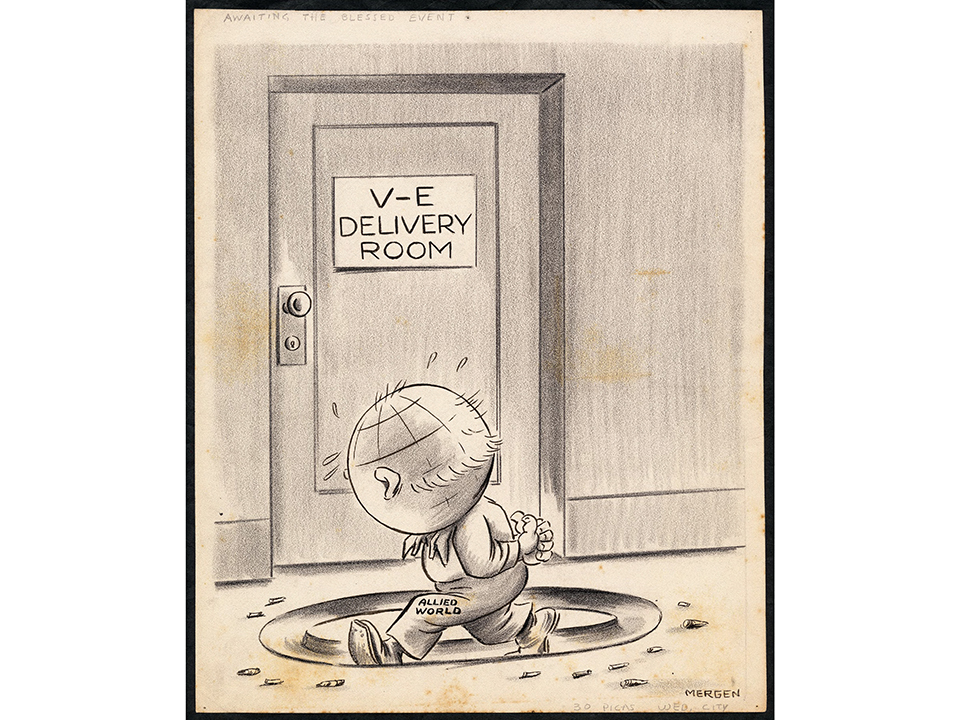
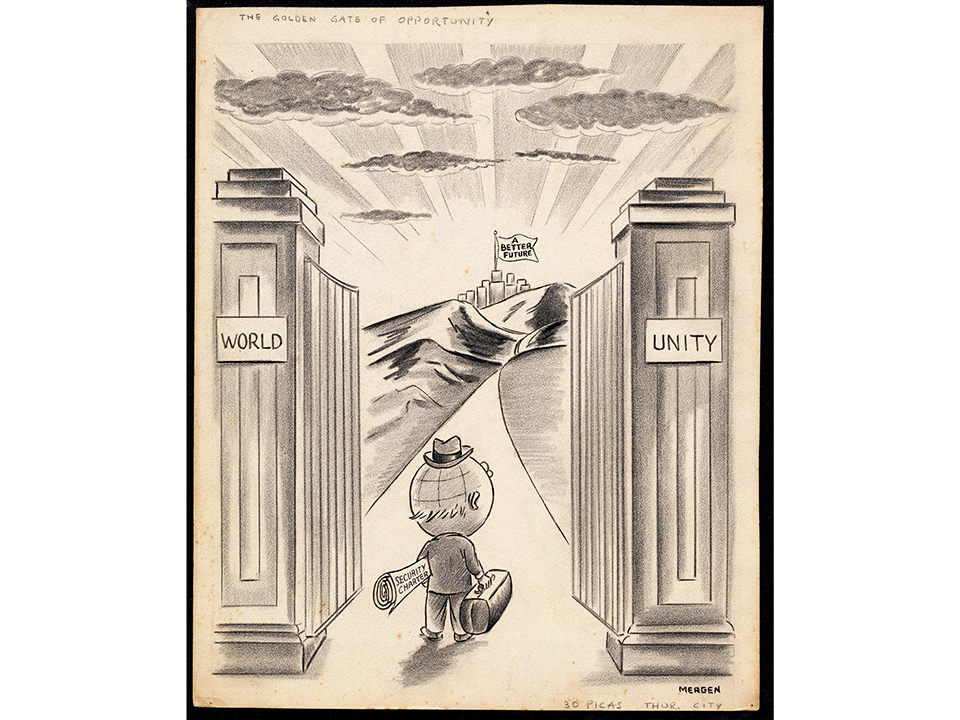
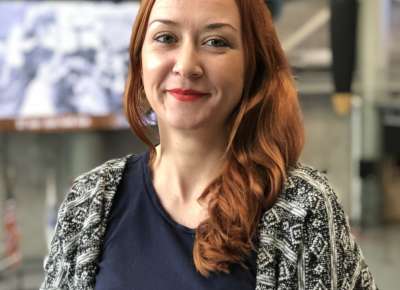




![Max Fuchs, New York City cantor, sings as Rabbi Sydney [sic] Lefkowitz, Richmond, VA, conducts the first Jewish services from Germany.](/sites/default/files/styles/max_650x650/public/2025-10/image1.jpg)


